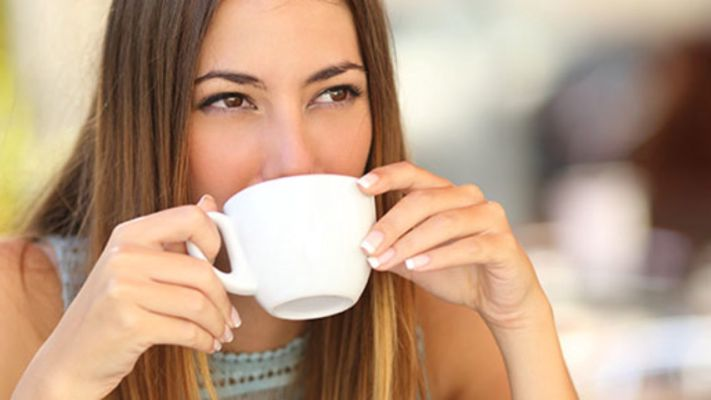
The growing popularity of loose leaf tea
There’s no doubt that people are becoming more concerned and discerning about the origin and quality of what they consume, and tea is no exception. Loose leaf tea has been on the rise since coffee has expanded from just being black or white to lattes, nitro cold brews, and macchiatos. Tea sommeliers are becoming more popular in restaurants, and there is a greater selection of leaves commercially available. You can also purchase a variety of ornate equipment to brew at home.
The teabag was unintentionally created in 1904 when Thomas Sullivan of New York sent tea leaf samples in silk pouches to his clients. It prompted customers to brew the tea in a bag rather than removing the loose leaves as intended and led to the creation of the teabag.
Things have come full circle since then, and loose-leaf is once again enjoying popularity.
Is it true that loose tea is better than tea bags?
The simple answer is that loose leaf is preferable to tea bags, but it’s also useful to understand why. Whole-leaf tea leaves, broken-leaf tea leaves, fannings and dust are all grades of picked tea leaves.
The whole leaf (loose-leaf) is picked by hand and therefore inspected visually, as opposed to machines that don’t care, and it retains all of the antioxidants. Loose-leaf takes longer to infuse but may be used up to three times, so it’s more cost-effective.
Teabags may be filled with anything from dirt to broken leaves, and fannings, which are the fine particles that remain after processing. Furthermore, tea bags frequently include non-compostable plastic. Even biodegradable tea bags create needless waste. Bags – both paper and silk – are frequently treated with epichlorohydrin to improve ‘wet strength,’ increase their durability, or be bleached.
Types of tea
White, green, yellow, oolong, black, and fermented tea are the most common varieties. The highest quality teas are produced from the same plant: Camellia Sinensis.
Silver needles from China are an example of a delicate pale infusion with a subtle floral scent and a touch of hay. Green tea, which is the most minimally processed, has a stronger flavour than white tea. The leaves are either heated or steamed after they have been plucked and dried. Try Gyokuro, a Japanese tea with a grassy taste that you’ll enjoy.
Although black isn’t as popular, green tea is still a thing. Green tea leaves are wrapped in linen or paper to prevent enzymatic oxidation, giving it a mild flavour profile. Tieguanyin, a Chinese oolong, is usually light or dark. It’s more aromatic if light and has a roasted flavour if dark. Give tangerine a try.
The colour, flavour, and depth of black tea are all derived from fully oxidized leaves. Golden snails from China are among the finest black teas on the market. The fermented tea is essential for creating a brew with a distinct fragrance. The Yunnan province of China is home to a tea called pu-erh, which is similar to green tea in terms of brewing methods and taste. It’s prepared like green tea before being fermented. Pu-erh may also be aged in the tangerine peel, giving it a pleasant citrus flavour.
